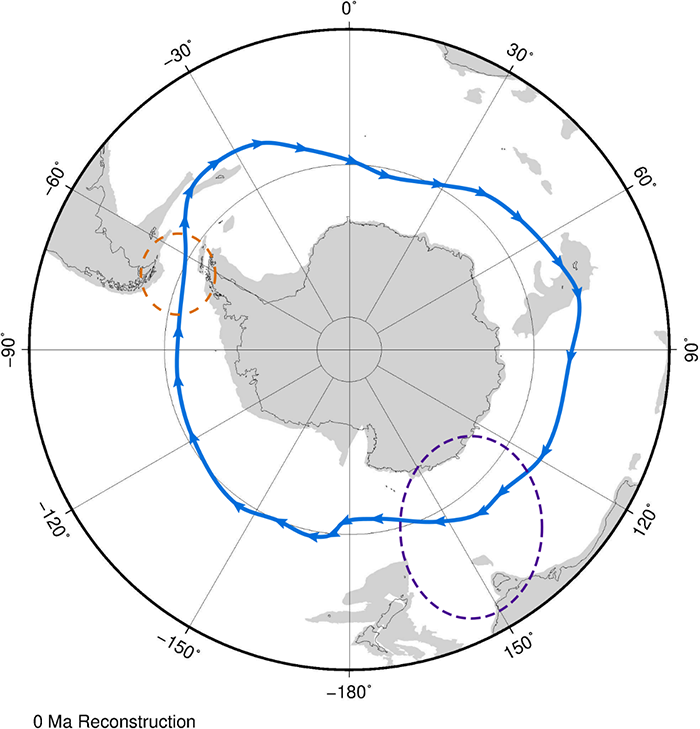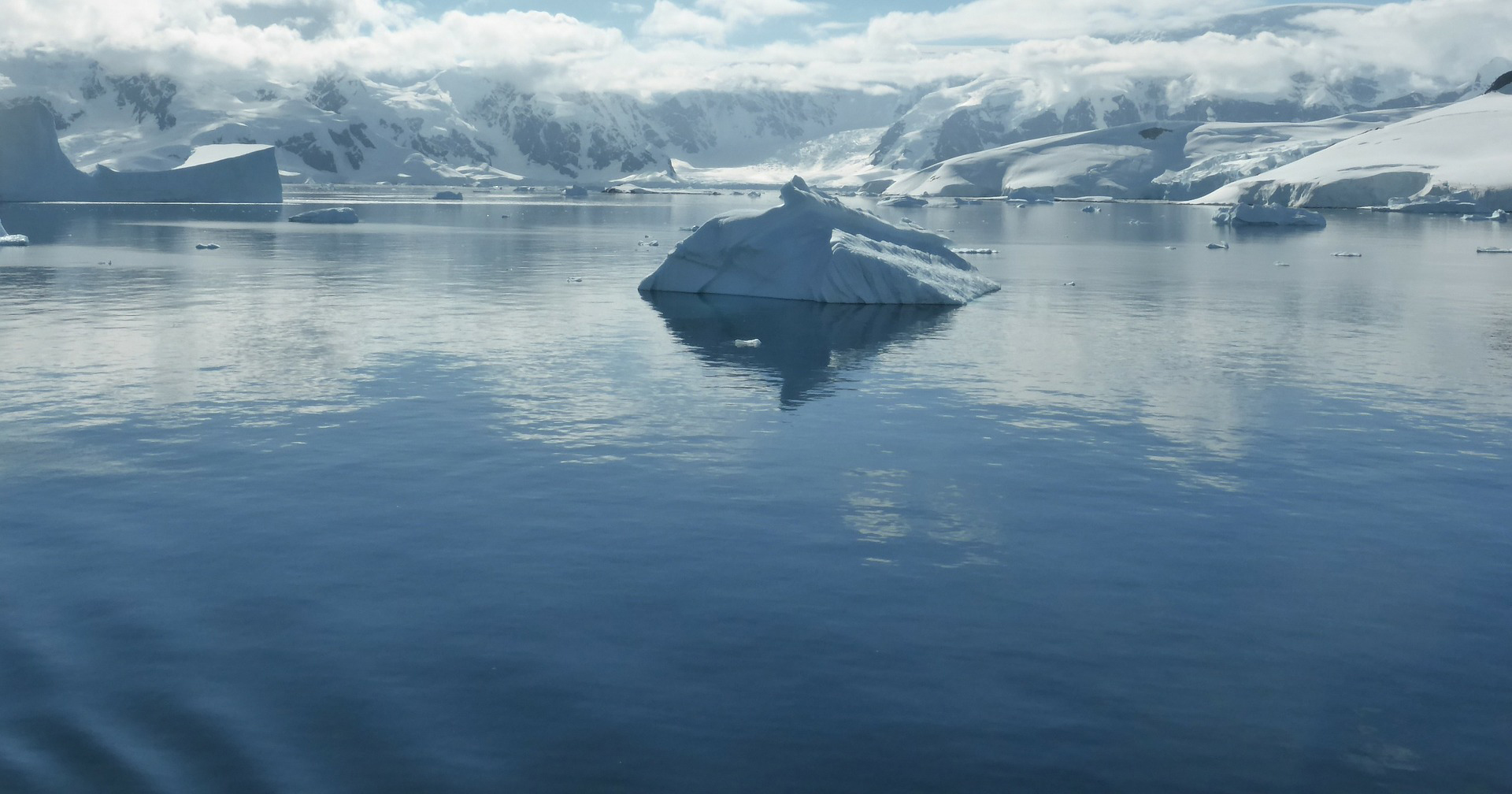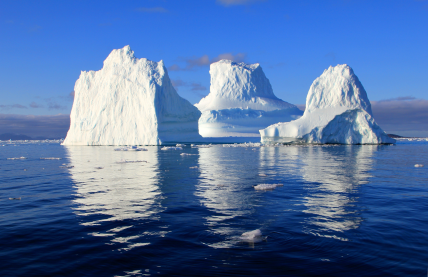The Antarctic Circumpolar Current (ACC) is the largest ocean current on Earth. It flows clockwise around Antarctica, linking the Atlantic, Pacific and Indian Oceans. The ACC is important to Earth’s climate. Firstly, the ACC isolates Antarctica from warmer waters to the north of the current. The ACC is also important to the drawdown of atmospheric carbon dioxide into the ocean. Cold surface waters close to Antarctica are dense and sink. This sinking transfers anthropogenic carbon dioxide into the ocean interior.
We do not have conclusive evidence of when the ACC initiated. In order for ACC to flow uninterrupted, tectonic gateways around Antarctica in the Southern Ocean must have been open. The two gateways impeding circumpolar flow were the Drake Passage and the Tasman Gateway.
The Tasman Gateway, between Australia and Antarctica, is thought to have opened shallowly approximately 50 million years ago. Drake Passage is the stretch of water between the tip of South America and the Antarctic Peninsula. As tectonic plates spread apart from each other 50 million years ago, it may have opened to shallow currents. To prove if shallow ocean currents flowed through Drake Passage, I am looking for evidence of Pacific Ocean waters within the Atlantic.
As sediment falls through the ocean to the seafloor, it builds up over time into layers. To access the sediments from 50 million years ago, ships drill through the layers of the sediment. Within these sediments, tiny fossils hold signatures of the time and the environment they lived in. In my project, I use fossil fish teeth for this purpose. These fish teeth record evidence of the bottom water overlying them while they sat on the sea floor. By performing chemistry on these teeth, I can interpret whether Atlantic or Pacific waters (with distinct chemical signatures) were dominant in the water column. If the ACC started 50 million years ago, it may have been the cause of a major period of cooling. Study of the ACC during past climates allows us to better understand the potential change the current may face as the climate continues to change.
 A map showing the modern-day pathway of the Antarctic Circumpolar Current shown in blue. Modern coastlines are shown on top of grey continental fragments. Drake Passage is indicated by the orange dashed circle. The Tasman Gateway is indicated by the purple dashed circle. The base map was made using the Ocean Drilling Stratigraphic Network website.
A map showing the modern-day pathway of the Antarctic Circumpolar Current shown in blue. Modern coastlines are shown on top of grey continental fragments. Drake Passage is indicated by the orange dashed circle. The Tasman Gateway is indicated by the purple dashed circle. The base map was made using the Ocean Drilling Stratigraphic Network website.




Rate and Review
Rate this article
Review this article
Log into OpenLearn to leave reviews and join in the conversation.
Article reviews
Barry Sharpe - 30 November 2018 2:46pm
It is however a little short, would have been nice to see some links for further study, perhaps a little expansion on how chemsity helps you with your research on the fish teeth. Thankyou for sharing, regards Barry
Pallavi Anand - 7 May 2019 8:26am
Thank you for your interest Barry. This is a piece written by our first year PhD student. Her work will provide an insight into this interesting topic. She will add more information as she progresses in her project so please do stay tuned for updates. Thanks again, Pallavi